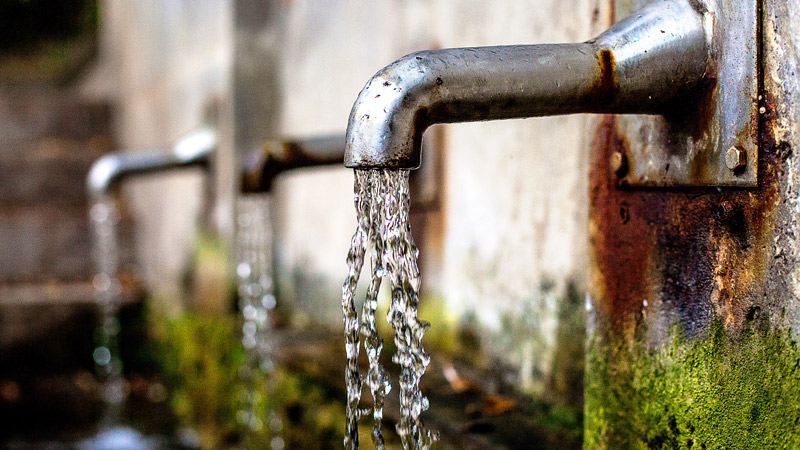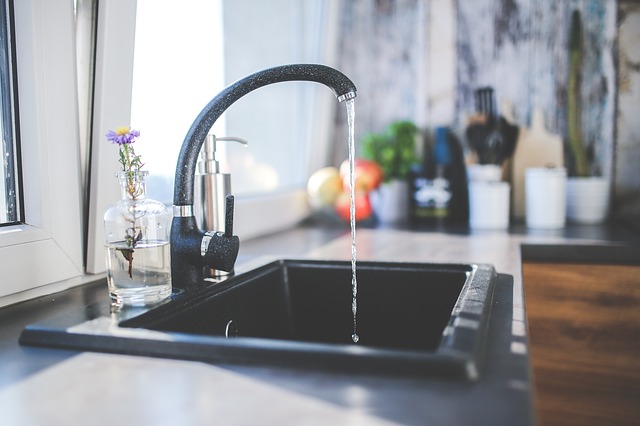
Water is one of the most important substances here on Earth. As a matter of fact, over 50% percent of the United States population depends on groundwater for drinking. Groundwater is also one of our most important sources of water for irrigation. Unfortunately, it has slowly become more susceptible to pollutants thanks to contamination.
Groundwater contamination usually occurs when a man-made product such as gasoline, oil, road salts, and other chemicals get into the water system and cause it to be unsafe and unfit for human use. Products like the ones listed above are usually categorized as either toxic waste or hazardous waste materials. Although the two categories are technically different, there are some similarities between them. For instance, they both have the ability to endanger the general public’s health, and more importantly, they both possess a threat to the Earth’s natural environment.
To begin to address pollution, preservation or remediation, we must first understand how surface water and groundwater interrelate. Groundwater and surface water are both interconnected with one another and can only be fully understood and intelligently managed only when the facts are acknowledged. If there is a water supply well near a source of contamination, for example, chances are that well runs the risk of becoming contaminated.
Types of Groundwater Contamination
Natural substances. Believe it or not, some groundwater pollution occurs naturally. Toxic metals like arsenic, for instance, is commonly found in the sediments throughout the western part of the United States and can be present in groundwater at concentrations making the water contaminated.
Petroleum-based fuels. Petroleum, like all fossil fuels, primarily consists of a complex mixture of molecules called hydrocarbons (molecules that contain both hydrogen and carbon). When this fuel comes out of the ground, it is known as crude oil, and it may have various gasses, solids, and other trace minerals mixed in it which make it an environmental pollution substance.
Chlorinated solvents. Another commonly known containment substance includes chemical known as chlorinated solvents. The majority of us come into contact with this substance almost every day and don’t even realize it. One example of chlorinated solvents is, in fact, dry-cleaning fluid, also known as perchloroethylene. These chemicals are also similar to petroleum hydrocarbons since they are made up of carbon and hydrogen atoms. There is one big difference between them, however, the molecules in chlorinated solvents also have chlorine atoms in their structure.
E-Waste. E-waste is another growing menace in our world today. For starters, e-waste is derived from electronic materials and equipment that are no longer used and thrown out in waste sites. The primary danger, however, doesn’t come from the equipment thrown out, it comes from the toxic components from inside. E-waste is composed of heavy metals like mercury, lead, and cadmium which are all major contributors to pollution. So those old VCR’s and DVD players you’re so eager to get rid of can make a huge impact on your well-being if they aren’t disposed of properly. In addition to this, e-waste is not biodegradable and, therefore, can result in a long-lasting effect.
Generally speaking, e-waste, along with the other contaminants, are harmful to humans and our ecological health. They can cause like on Earth to go extinct and have also been suspected of causing cancer and are toxic or harmful to aquatic animals as well.
Cleaning Up Contaminated Groundwater
Groundwater typically gets contaminated when rainwater soaks through the ground and comes in contact with buried waste or other contaminated sources. During this stage, rainfall water can accidentally pick up chemicals while traveling through the ground; and in some cases, the volume of spill or leak is so large that the chemical itself can reach groundwater without the help of infiltrating water. Although cleaning up contaminated groundwater is easier said, than done, the process can be done efficiently with everyone’s help.
Other Cleanup Methods
The various ways to respond to contamination can be placed in the following categories:
- Containing the already contaminated area.
- Properly disposing and removing the contaminants from the aquifer.
- Treating the groundwater; and
- Abandoning the use of water at that location and finding an alternative source.
What can you do to help?
Protecting the environment starts with the realization that individual actions are key to protecting our surrounding environment and ourselves. We must do our part to safely dispose of contaminants. A common rule of thumb to practice is, if it’s a chemical, whether its paint, solvents, automotive fluids, pesticides, or even household cleaning agents, it cannot be thrown away in a dumpster or trash can. This goes for medical waste as well. Leftover medications that have been flushed are showing up in our water supply, in fact, the U.S. Geological Survey found in 2000 that there were measurable amounts of trace chemicals in 80% of their samples drawn from 139 streams across 30 states. Although the contamination levels aren’t concentrated enough to hurt people it could have a negative impact on plants and animals, especially fish.
Additionally, conduct research and find out if there are any recycle centers near your home or job. In most cases, the contaminants, e-waste, in particular, can be re-used. You can also identify recycling programs in your area. What might seem like junk to you, might be valuable to someone elsewhere, so consider donating to charities as well.
When you are upgrading on those cool new electronics, such as computers, TV’s, or cell phones, check to see if you can trade in unwanted electronic items. This way you’re keeping these devices away from important natural resources while at the same time, helping others who can possibly recycle the old parts.
Above all, educate your family on the importance of protecting and preserving the environment we all call home. Always encourage good waste management practices within your home and lead by example.
——————-
Thanks for the read. What else did I miss? What are some other ways we can protect and preserve our water from contamination? I’ll be checking for comments.
- Davis is a freelance writer who enjoys exploring the outdoors. If you can’t find him online, you might be able to catch him at the gym or watching sports (Go, Denver!). Follow him on Twitter at @Davis241. Thanks!
References:
- http://www.groundwater.org/get-informed/groundwater/contamination.html
- https://en.wikipedia.org/wiki/Hazardous_waste
- http://www.equipmentrentalpros.com/resources/what-can-i-dispose-of-in-a-dumpster.php
- https://www.epa.gov/sites/production/files/2015-08/documents/mgwc-gwc1.pdf
- http://onlinemasters.ohio.edu/why-medical-waste-is-more-than-garbage/
- http://www.pollutionissues.com/Na-Ph/Petroleum.html
- http://toxics.usgs.gov/investigations/chlorinated_solvents.html





Leave a Comment